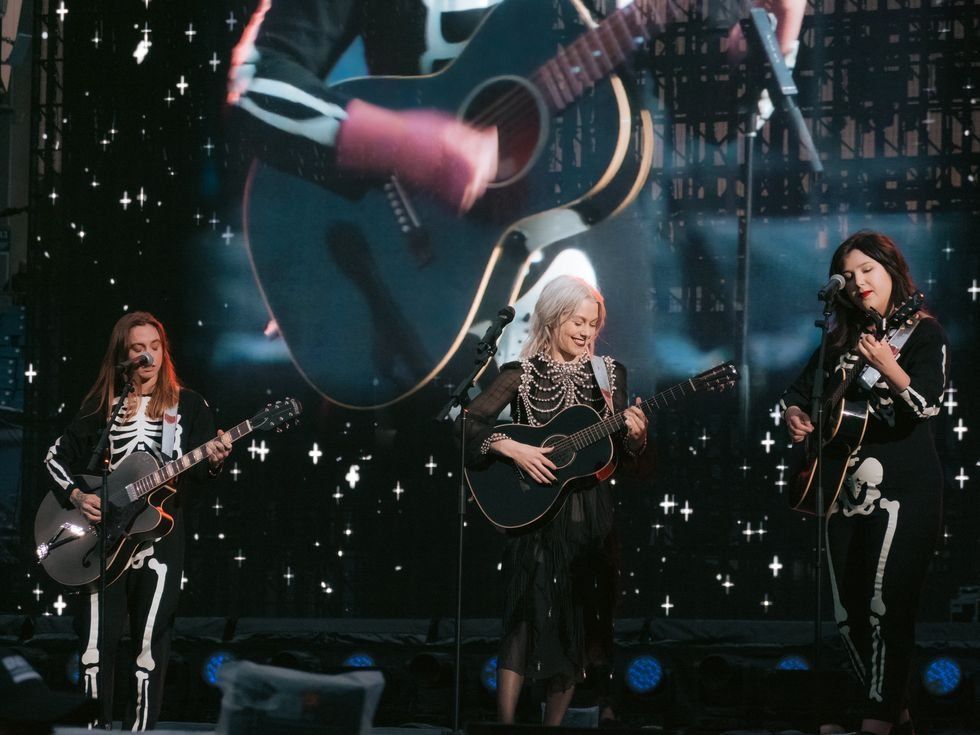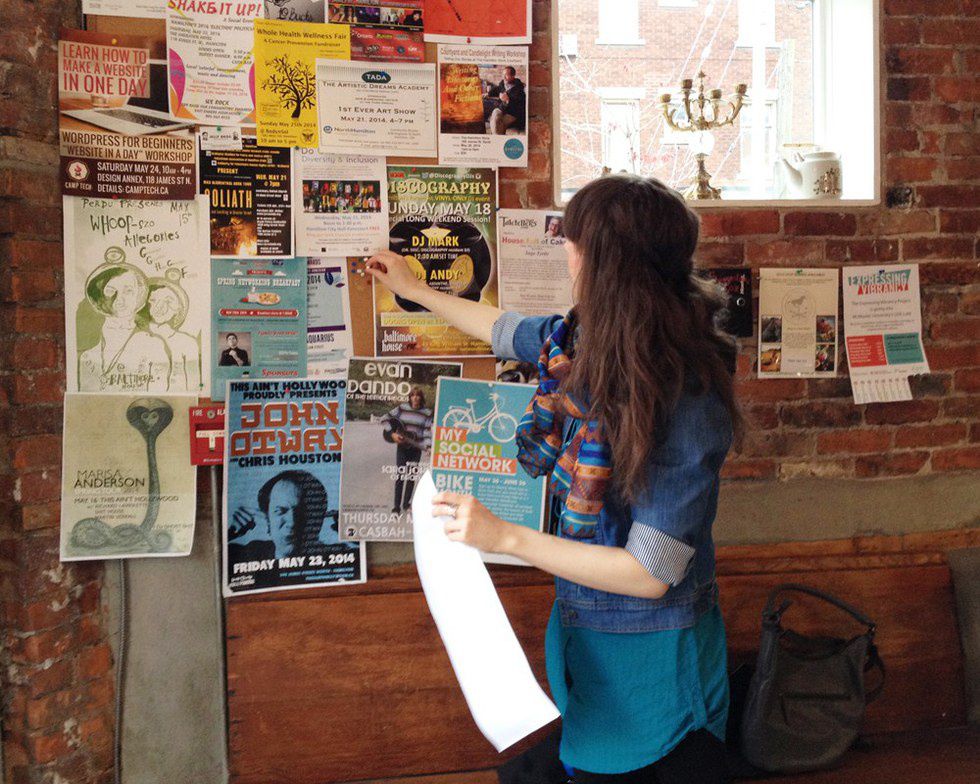"We gotta fill this place up, Kaner"
-Jonathan Toews (2007)

On January 22, 2017, the Chicago Blackhawks dominated the Vancouver Canucks 4 to 2 in their 400th consecutive sold-out game at the United Center. With only eighty-two games played in the regular season, the milestone encapsulates almost five years of Blackhawks hockey.
But on January 24, 2008, the United Center hummed half-empty as the captain-less Blackhawks were shutout by the Columbus Blue Jackets, who managed a win with a single goal from Jared Boll, who only recorded a mere ten points that season.
Talk about a sad scene.
It's hard to imagine the United Center as anything other than it is today -- boisterous and so full of energy. What with Jim Cornelison's iconic rendition of the national anthem, complete with hand gestures that are echoed throughout the arena. Win or lose, fans fill the seats in a sea of Hawks Red, cheers and shouts reverberating through the air until the final buzzer.
Image Credit: Red Branding Blog
Today's home game is more than a hockey game. It's a party, it's a community, it's a celebration. It's also $100 for a 300-level seat. On a slow day.
Rewind nine years, back to our loss to the Blue Jackets. Your same $100 could get you an 100-level seat. Plus a hot dog and a pop. Hell, if you went to will call ten minutes before puck drop, they'd probably pay you to take a seat.
It's around that time when a nineteen-year-old Jonathan Toews turned to his fellow rookie and teammate, Patrick Kane, and said, "We gotta fill this place up, Kaner."
And they would.

In fact, it would only take our rookies three full seasons to become Stanley Cup Champion.
One season to get used to the professional stage, racing only each other for the lead in rookie stats, for the Calder Trophy. Another season to get used to a new coach, to get wildcarded into the stress and the pressure on the postseason stage, to get that "playoff experience" that every announcer waxes on about every year.
By the third season, our boys are twenty-one, a milestone marking the next level of adulthood. United Center ice really means home. The core of the team is strong, a family, a sturdy foundation.
Eighty-two games and the Chicago Blackhawks stood in second place of the Western Conference, securing their ticket to the playoffs. Only a month and a half later, our not-so-rookies would be hoisting their very first Stanley Cup.

Of course, it takes more than two young talents to win a Cup. It's important to attribute the team's success where it due; to the coaches, the staff, and the entire roster. Their names will always glisten in silver, forever ingrained into the Stanley Cup for a reason.
But even so, those names include "Patrick Kane" and "Jonathan Toews."
The 2006-2007 season, preceding the arrival of Toews and Kane, recorded an average attendance per game at 12,727 attendees. The arrival of the rookies would slightly rise to 16,814 until the following season, where attendance would bottom out in the 21,000-23,000 range for the next nine seasons (including the 2016-2017 season in progress).

Ten years ago, Chicago was not a hockey town. It was dying out, risking relocation. It was empty and quiet. Irrelevant, even.
But today's Blackhawks rule this city. You can't walk around downtown without seeing an uncountable amount of Blackhawks hats and tee-shirts. It's normal to see a jersey, whether a game-day or off-season.
Image Credit: Chicago Blackhawks
It means more than the game, more than the player. It's a symbol of community, of Chicago, of our city. Almost three million Chicagoans held their breaths, watching a troupe of twenty young men skate around on television screens. Three million Chicagoans cried for their losses and celebrated for their successes.
All right there, alongside the Blackhawks. Alongside and Kane and Toews.
Image Credit: Chicago Tribune (Nuccio DiNuzzo)
The modern Chicago Blackhawks would not exist as they do without the magic of Patrick Kane and Jonathan Toews. Now almost ten seasons in with three Stanley Cups, a Conn Smythe each, and a collection of various hardware between them, 19 and 88 grew up together. They came to Chicago together, donned Hawks Red sweaters together, took losses together, took wins together, hoisted cups together, celebrated their successes together.
The built Chicago hockey back up.
Together.









 Energetic dance performance under the spotlight.
Energetic dance performance under the spotlight. Taylor Swift in a purple coat, captivating the crowd on stage.
Taylor Swift in a purple coat, captivating the crowd on stage. Taylor Swift shines on stage in a sparkling outfit and boots.
Taylor Swift shines on stage in a sparkling outfit and boots. Taylor Swift and Phoebe Bridgers sharing a joyful duet on stage.
Taylor Swift and Phoebe Bridgers sharing a joyful duet on stage.













